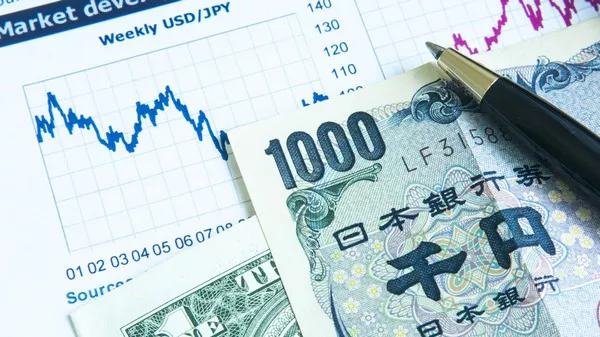During early Asian trading on Friday, the EUR/JPY cross was volatile. EUR/JPY bounced off weekly lows in the 157.00 area and is now trading around 157.65, up 0.06% on the day. The Japanese yen (JPY) fell against the euro (EUR) following the release of Japan’s second-quarter gross domestic product (GDP).
Japan’s Cabinet Office reported on Friday that Japan’s second-quarter gross domestic product (GDP) grew 1.2% quarter-on-quarter, down from the previous reading of 1.5% and the expected 1.3%. The annual rate was 4.8%, compared with the previous value of 6% and lower than the expected value of 5.5%. Additionally, the GDP deflator came in at an annual rate of 3.5% in the second quarter, compared with 3.4% in the previous quarter. Finally, Japan’s labor cash income rose at an annual rate of 1.3% in July, compared with 2.2% in June.
On Thursday, Bank of Japan (BoJ) policymaker Junko Nakagawa said it was appropriate to maintain loose monetary policy for now. Notably, divergence in U.S. and Japanese monetary policies could limit the yen’s upside and act as a temporary tailwind for EUR/JPY.
On the hourly chart, EUR/JPY remains below its 50 and 100 hour exponential moving averages, maintaining a downward bias, which means further downside is expected for EUR/JPY. Meanwhile, the Relative Strength Index (RSI) is below 50, within bearish territory, suggesting bears may continue to dominate.
Therefore, EUR/JPY may encounter immediate resistance near the 50 hour exponential moving average at 157.88. The key barrier to watch lies at 158.00, which is the confluence of the 100 hourly exponential moving average, the upper Bollinger Bands and the psychological round number barrier. A break above this level would see EUR/JPY rally towards 158.50 (highs from 6 September).
On the downside, key support to watch is around the lower Bollinger Bands and the August 25 low of 157.20. If EUR/JPY continues lower, it will fall towards the psychological round number level of 157.00. Further downside, the next downside stops for EUR/JPY are 156.35 (August 8 low) and then 155.80 (August 7 low).


